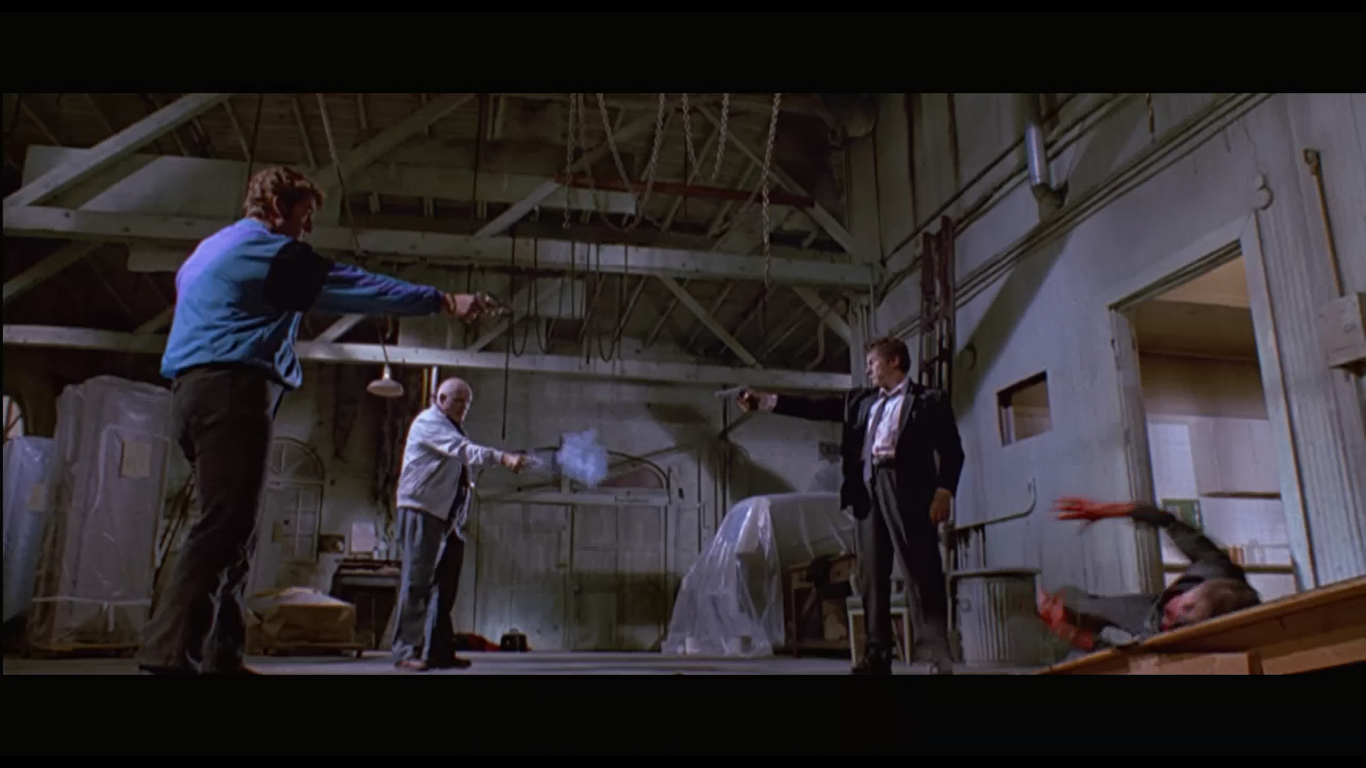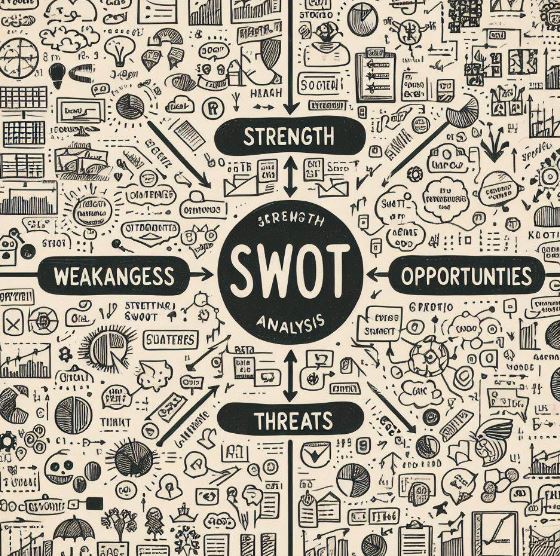The movie “Red Cliff Part II” is a work that adds cinematic interest to the enjoyment of the novel “Romance of the Three Kingdoms.” The Battle of Red Cliffs took place during the Three Kingdoms period in China, where Sun Quan and Liu Bei formed an alliance against the continually expanding power of Cao Cao, who aimed for unification. The battle unfolded along the Yangtze River. However, its historical significance is arguably not that profound. According to the “Book of Wei” in the historical text “Records of the Three Kingdoms” written by Chen Shou, the battle is briefly described as follows: “Cao Cao reached Red Cliffs and fought against Liu Bei but was at a disadvantage. At that time, a plague broke out, killing many officials and soldiers. Consequently, Cao Cao retreated his troops, and Liu Bei took control of Jing Province and several other counties in the south.”
The Battle of Red Cliffs, depicted in the novel “Romance of the Three Kingdoms,” makes for a compelling film due to its rich array of strategies and tactics. In this cinematic adaptation, Zhuge Liang of Shu persuades Zhou Yu, the general of Wu, to engage in battle against Cao Cao. Zhou Yu implements a deceptive strategy known as the Reverse Spy plot, which involves the execution of his own naval commanders, Chai Mo and Zhang Yun, to mislead Cao Cao. Meanwhile, Huang Gai, a seasoned warrior from Wu, endures a self-inflicted beating from his troops, a ruse called “Feigned Injury,” to get closer to Cao Cao. In a dramatic turn, Zhuge Liang manipulates the weather, transforming a northwest wind into a southeast wind, which leads to the fiery destruction of Cao Cao’s formidable army. The film vividly portrays a variety of ingenious tactics utilized to secure victory in war.

To win in competition, you must have competitiveness. However, what is immediately visible is not the only measure of competitiveness. The biggest beneficiary of the Battle of Red Cliffs is Liu Bei. Although he only had 50,000 troops, he borrowed the strength of Sun Quan from the kingdom of Wu and mobilized all kinds of strategies to defeat Cao Cao’s army of 1 million.
There is a game theory example known as a three-person duel. For fun, let’s say I’m the ‘Good Guy.’ The people I have to duel with are the ‘Bad Guy’ and the ‘Weird Guy.’ Let’s say the three of us are to engage in a duel. All three of us have a gun, and we shoot in turns until only one person survives. Among us, the Weird Guy is the best shooter with a 100% accuracy rate. The Bad Guy is not as good a shooter as me, the Good Guy, but still has a 60% accuracy rate. I am the worst shooter among us, with a 30% accuracy rate. For a fair duel, it was decided that the person with the lowest accuracy rate shoots first.
I shoot first, followed by the Bad Guy, and then the Weird Guy, continuing in this order until only one person remains alive. So, what strategy should I, the Good Guy, use in this duel?
The answer is to shoot into the air. If I don’t and decide to shoot at the Weird Guy and actually hit him, the Bad Guy will shoot at me next. It’s even riskier if I shoot the Bad Guy. If I manage to shoot him down, the skilled marksman, the Weird Guy, will shoot me next.

Therefore, my strategy is not to shoot at anyone until one of the two is dead. Let’s assume that I, the Good Guy, first fire my gun into the air. Next, it’s the Bad Guy’s turn. He will likely try to hit the skilled Weird Guy first. If he succeeds in shooting the Weird Guy, then it will be my turn again. Even if the Bad Guy’s bullet doesn’t come close to the Weird Guy, the next turn belongs to the Weird Guy, who will likely shoot at the Bad Guy first. Even if he succeeds, the next turn will be mine again. While I can’t be sure of hitting him, my chances of survival have increased. The lesson this three-person duel teaches us is that most competitions in the world are not one-on-one contests, and you must have strategies that can utilize the surrounding environment and even your opponents.
Know Yourself, Know Your Enemy & SWOT
Competition is not merely a game between competitors and me; competitiveness is not just what is visible. In strategy, “The Art of War” by Sun Tzu is considered the ultimate classic. The essence of Sun Tzu’s strategy is “know the enemy and know yourself.” In this principle, the strategy is to use my strengths to exploit the weaknesses of the enemy.
This principle has been adapted into the field of business management as the SWOT analysis. SWOT involves identifying one’s own Strengths and Weaknesses, as well as the Opportunities and Threats from the environment. Essentially, SWOT is a more concrete application of “know the enemy and know yourself.” Both principles emphasize strategies that utilize not only the opponent’s weaknesses but also the external environment. If competition is inevitable, one should always start by examining oneself. This begins by identifying and developing one’s own talents, which become strengths and contribute to competitiveness. Then, it’s important to analyze the destination one aims for, including the existing competitors, surrounding people, and the overall market situation and future trends.

Analyzing one’s internal resources to identify strengths and weaknesses, examining the external environment to discover opportunities and threats, and then leveraging strengths, mitigating weaknesses, utilizing opportunities, and avoiding threats form the basis of strategy.
The most fundamental strategy relies on one’s strengths. While it may seem simplistic to push forward relying solely on one’s power or wealth, it is still a strategy. If you judge that you have superior numbers in your army, choosing a direct confrontation is advantageous. Utilizing our strengths may be the most basic level of strategic thinking, but even this is often not fully exploited. The next level involves hiding your weaknesses while exploiting those of your opponent.
Exploiting an opponent’s weaknesses is an opportunity. The saying, “Defend on principle and win with technical surprise,” essentially means deceiving the opponent by using their weaknesses. Methods like exploiting an opponent’s greed or overconfidence are among such strategies and are also typical of all con artists.
The third level of strategy involves fully leveraging the opportunities provided by the environment, not necessarily the opponent directly facing you. General Yi Sun-sin utilized the strong currents of Myeongnyang, known as the whirlpools, to defeat a vastly superior Japanese fleet with only 13 ships. Such strategies require creativity. Charlemagne, who led the heyday of the Frankish Kingdom, is said to have remarked, “Let my armies be the rocks and the trees and the birds in the sky.” In the movie “Indiana Jones: The Last Crusade,” Henry Jones, Indiana’s father, remembers this saying and uses an umbrella to startle a flock of seagulls, causing them to crash into a German airplane.

Therefore, in his work “On War,” Prussian General Carl von Clausewitz during the Napoleonic era emphasizes the importance of creativity and the genius of leadership as factors in victory or defeat. The call to be creative is akin to using the knowledge one has to generate new knowledge. In other words, it’s not about how much knowledge one has, but how one utilizes that knowledge that matters. Knowledge and analytical abilities are only valuable when they can be applied to achieve tangible results. People with high success intelligence know how to effectively use their analytical intelligence.
The advice to use the environment as a resource implies the wisdom of even making time work in your favor. Often, strategy is a function of time. Thinking that something can be done later goes against this kind of strategic thinking because timing is crucial in everything. In business, timing is becoming an increasingly important strategic element as consumer changes and information spread and are shared more quickly.
Napoleon was able to defeat the highly trained Prussian forces of his time largely because his army had a new kind of speed that past armies lacked. Unlike other armies of the time, which needed wagons to supply their troops, the French army secured its mobility by each soldier carrying their own supplies.
An army even faster than Napoleon’s was that of Genghis Khan. They were the ones who conquered Moscow, a city that neither Napoleon nor Hitler could capture. Their core competency was speed. They reached their targets unexpectedly quickly, finishing battles before reinforcements could arrive.
Considering that it took two years by carriage to travel from Moscow to Vladivostok at the time, the Mongol army virtually took over territories at the speed of horseback riding.
This not only shows their rapid marching but also their swift decision-making. It is impossible for soldiers on an expedition to a foreign territory to have a perfect operational plan. Although there will certainly be trial and error, creative execution on the ground is necessary. Today’s environment demands even quicker decisions. This suggests that rapid execution, rather than detailed planning as in the past, may become a more critical factor for success.


답글 남기기